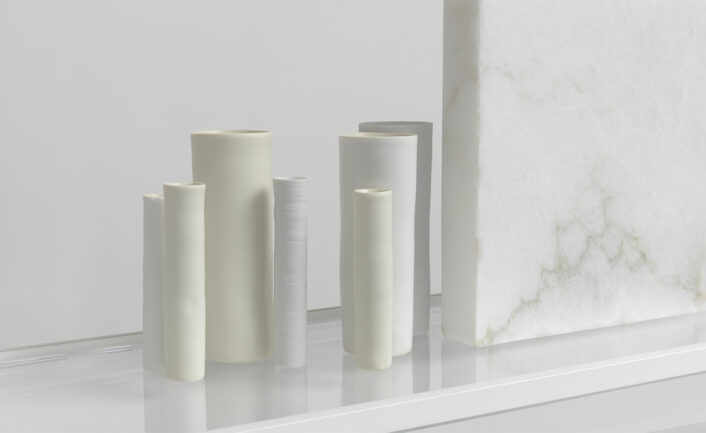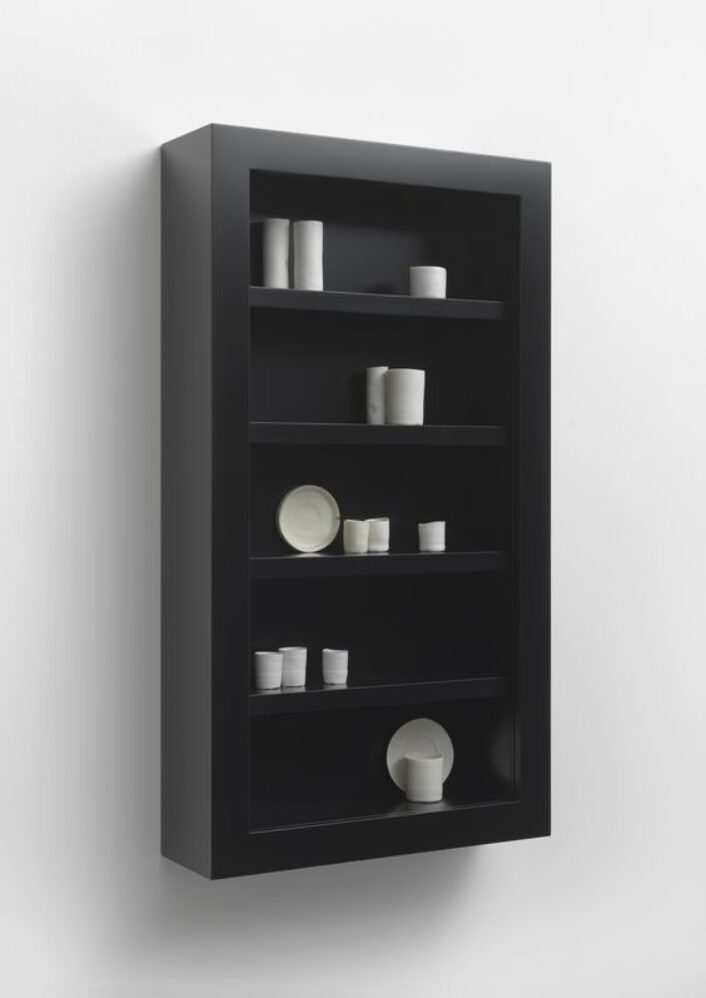Design
Porcelain is pure magic in de Waal’s hands
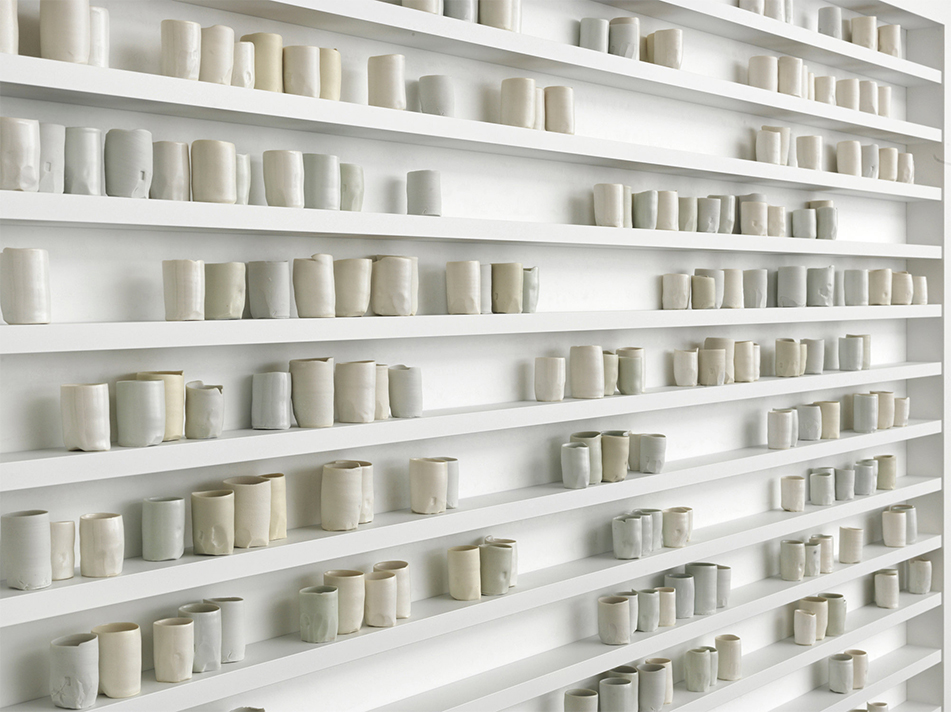
Making his first pot at the age of 5, de Waal loves the idea of being a part of such an ancient form of art.
Image courtesy of: The New York Times, photographed by: Michael Bruce
A favorite saying of de Waal’s is, “To understand an object, you have to touch it.” This is in fact… a fact!
When you’re in the presence of porcelain, it is wonderful to think that many of these objects, however delicate they look, might outlive us. It is this thought process which influences de Waal to create porcelain on a large scale.
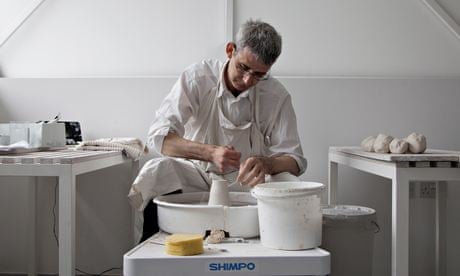
The artist at work in his studio in West Norwood, London (2013).
Image courtesy of: The Guardian, photographed by: Toby Glanville
Edmund de Waal has become one of this century’s most celebrated ceramists and is best known for stark white porcelain vessels, usually painstakingly arranged in groups on shelves. A favorite of many collectors, his vast groupings can be found in private collections throughout Europe and North America. Permanent collections of his works are a part of many important institutions such as the Rijksmuseum in Amsterdam and the Victoria and Albert Museum in London.
Even though he made his first pot at the age of 5, it wasn’t until he was close to his third decade when he dedicated himself fully to experimenting with the craft of making refined porcelain vessels.
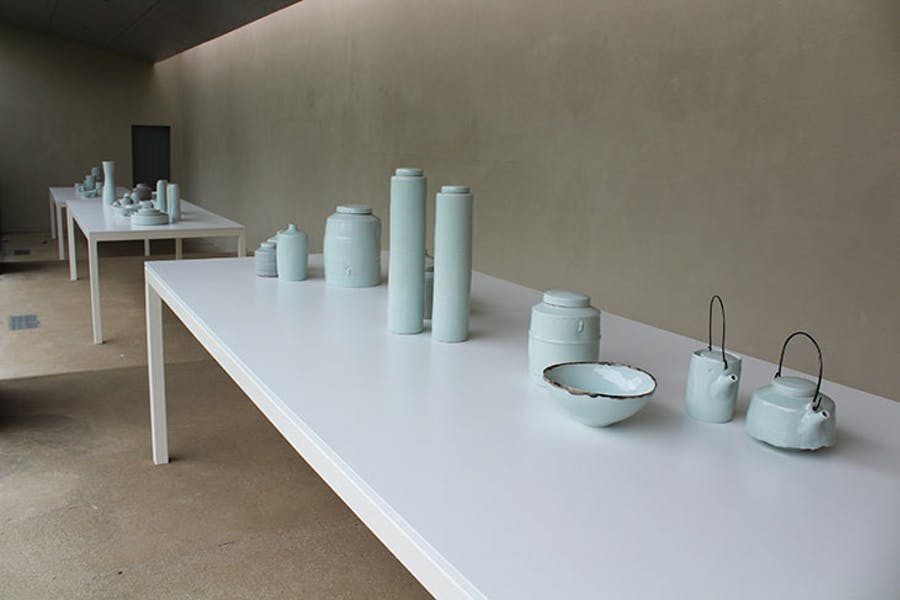
Installation view of “Edmund de Waal: Early work – vessels from the Rosenheimer Collection”. New Art Centre, Roche Court, Wiltshire, 2018.
The Rosenheimer works were created before de Waal started naming his vessels. Pieces were called, “three lidded jars” for example. Similarly, this amazing amalgamation is called the Rosenheimer Collection.
Image courtesy of: Apollo Magazine
An unlikely connection between de Waal and Joram Rosenheimer led to one of de Waal’s favorite collections. A meeting between the artist and Israeli collector that was supposed to last for “ten minutes” has lasted for 25 years and the relationship that ensued blossomed into a true friendship.
Rosenheimer was very interested in small groupings of pots; de Waal said about him, “He was the only person who only collected groups. He would come and see things before they went off to exhibitions, when I was still arranging them.” Fascinated, Rosenheimer starting thinking about how the pieces could work together, and on a shelf or bookcase.
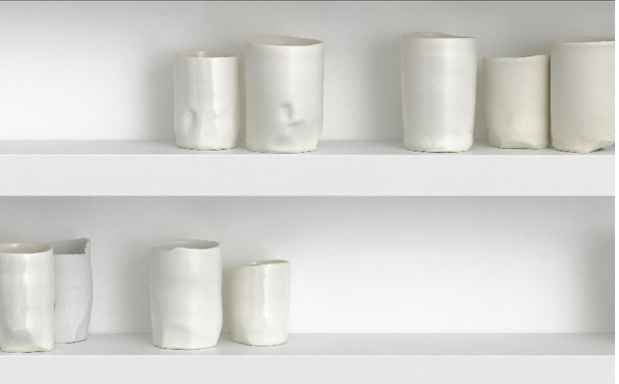
Collection from an exhibition at Gagosian Gallery, NYC.
Image courtesy of: New York Art Beat
Glazes vary, although always along a minimalistic palette; chalky pearl, dark browns, creamy bone white. Some pieces have flecks of gold or narrow gold rings around the base or lips.
Sizes also vary; always quite small, the vessels usually range between 2 ½ inches – 4 inches high and roughly 3 inches in diameter.
The shapes aren’t uniform either, there are narrow pieces, tubular ones, and wide objects. All are unadorned and irregular… sometimes pick-marked, serrated, or rippled.
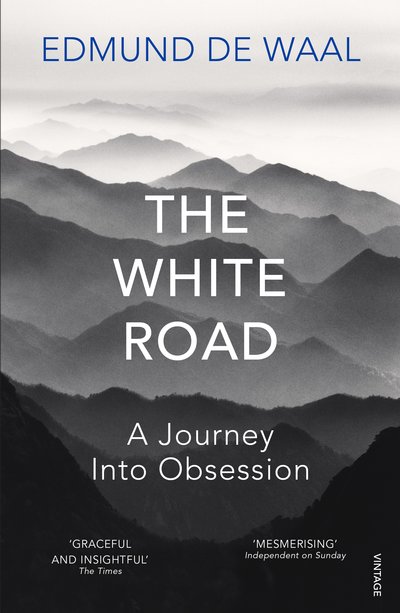
Also an author, this is de Waal’s story about the lure of porcelain, or “White Gold” as it has become known.
Image courtesy of: Penguin (Australia)
As a ceramicist, de Waal is quite multifaceted. He is an international best-selling author, “The Hare with Amber Eyes” is a memoir told through a collection of 264 small Japanese carvings. These tiny carvings are called netsuke- roughly the size of a walnut shell. Tracing the history of these tiny objects from 18th-century Japan to 19th-century Paris to Holocaust-era Vienna; meticulous research detailed the many hands through which these pieces tumbled.
The second book by de Wall, perhaps a bit more logical, is about porcelain. “The White Road” tracks porcelain’s 1,000 year journey through ancient China, Versailles, and Nazi concentration camps.
There is a bit of sadness because porcelain used to be rare and vilified… now the vessels are quite commercial, and the material everywhere from your kitchen countertops to tooth crowns. The industrialization and standardized production of porcelain is the opposite of everything de Waal stands for. The book is a fascinating brief about the connection between over-production and oppression. This book is certainly worth a read!
